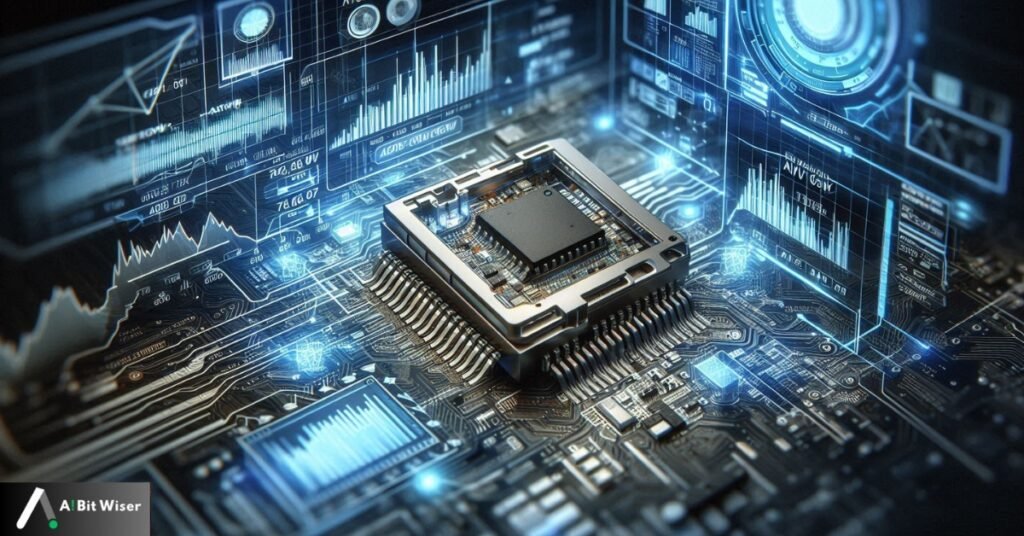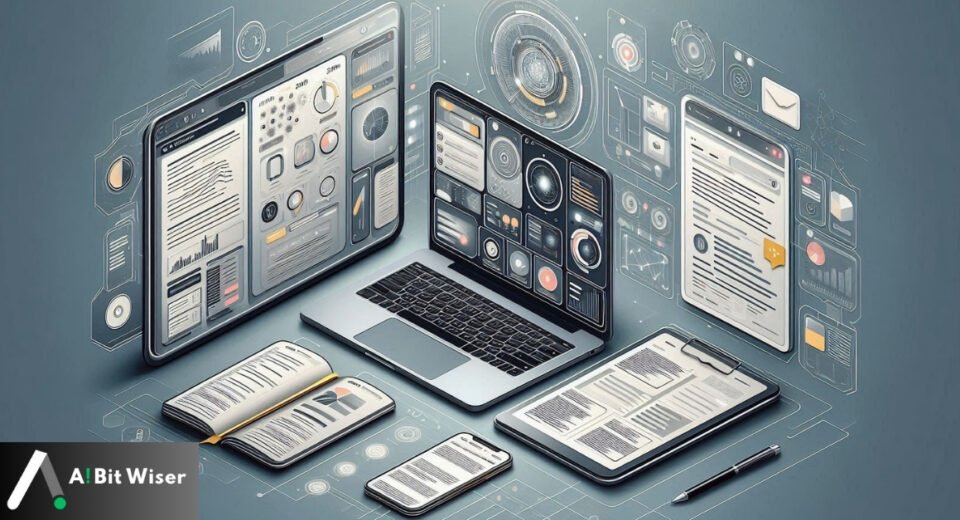8 Powerful Free AI Tools for Research Paper Understanding
Considering the rapidly changing environment of education, a great deal of research is produced every day, making it challenging to keep up with as well. Proficiency in understanding complex research papers is a prerequisite for all academic personnel, including researchers, students, and professionals. Thankfully, advances in AI have enabled the establishment of numerous free AI tools for research paper understanding. This article looks at the best free AI tools for reading, comprehending, and evaluating manuscripts. 1. Semantic Scholar The Allen Institute for AI created free AI tools for research paper understanding. It assists users in finding pertinent studies in a variety of fields. Among the essential elements are: 2. Connected Papers Among free AI tools for research papers, an inventive tool called Connected Papers was created to assist scholars and researchers in studying the literature related to a particular subject. With connected publications, you may see a graph of related publications based on shared references, unlike with standard citation-based tools. 3. Scholarcy With the use of artificial intelligence (AI), Scholarly can reduce lengthy research articles to more manageable summaries. It’s especially helpful for people who have to rapidly understand a paper’s main ideas without having to sift through voluminous academic jargon. 4. Iris.ai Among free AI tools for research papers an artificial intelligence (AI) application called Iris.ai helps map out the most pertinent research publications based on an abstract or sample of text. It’s especially helpful for conducting literature reviews. 5. Paperpile AI is used by the reference management application Paperpile to assist researchers in organizing and comprehending their books. Paperpile has a commercial version, but it also has a free AI tool for research papers that is functional enough for everyday use. Managing your references and citations is simple using reference management. 6. DeepAI With a particular emphasis on machine learning and artificial intelligence, DeepAI offers resources for comprehending and producing research articles. Among its features is the ability to summarize and explain intricate AI ideas. 7. EndNote Click (formerly Kopernio) A browser addon called EndNote Click makes it easy to locate and open full-text PDF research paper files. It’s very useful for paywalled documents that you come upon. 8. TLDRThis A straightforward, free program called TLDR is made to condense research articles into manageable, readable summaries. Conclusion Knowing how to assess dissertations has gotten easier with the aid offered by these freeware AI tools, but negotiating the world of academic research may still be difficult. These resources will improve the investigation procedure and save you a lot of time, whether you’re looking for a concise synopsis, a comprehensive analysis, or help to organize the sources you used. We may anticipate the development of ever more advanced tools as AI technology progresses, which will further support scholars in their quest for learning. FAQs: Free AI Tools for Research Paper Understanding Which AI tool is best for research? Though many consider semantic computing to be among the strongest free AI tools for research paper understanding, the “perfect” artificial intelligence program for you may depend on other factors. It is easier to locate relevant publications and understand their importance because of their citation assessment, semantic recommendations, and intelligent search capabilities. Iris.ai is an additional resource that is especially helpful when conducting research analyses and summarizing pertinent findings. What is the AI used for research papers? AI is used in several ways for research papers, including: How Can AI Be Used as a Research Tool? Free AI tools for research paper understanding in several ways: Is ChatGPT good for research? Research can benefit from ChatGPT, particularly in its early phases. It can help with the written word, synthesizing earlier research, coming up with ideas, and making layouts. While ChatGPT can offer recommendations and aid with content development, it is best utilized with additional resources for investigation and critical thinking. It’s crucial to verify the details provided and consult authentic sources to ensure their accuracy. Can ChatGPT-4 write a research paper? ChatGPT-4 and other free AI tools for research paper understanding can help us by generating material, structuring arguments, and enhancing language. But it doesn’t replace actual investigators on the field. It can produce structured data in response to commands, but it cannot do research on its own, objectively evaluate information, or understand nuances in specialized fields. As such, rather than being the sole author of a research paper, it functions best when paired with other writing tools to speed up the writing process.
















